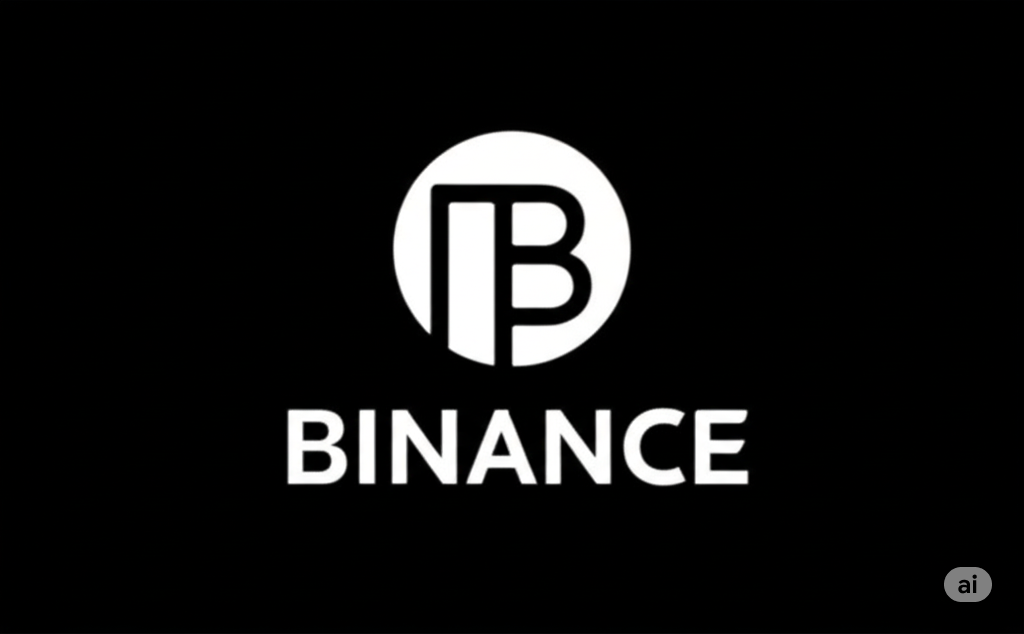Have you been hearing buzzwords like Bitcoin, Ethereum, or blockchain lately and feeling a little lost? You’re not alone! The world of cryptocurrency can seem complex at first glance, but at its core, it’s a fascinating and potentially revolutionary technology. This beginner’s guide will break down the basics and help you understand what cryptocurrency is all about.
Imagine Digital Cash
At its simplest, cryptocurrency is like digital cash. Unlike the rupees in your wallet or the balance in your bank account, cryptocurrencies are:
- Decentralized: This means they aren’t controlled by a single entity like a central bank or government. Instead, they operate on a distributed network of computers.
- Digital-Only: Cryptocurrencies exist purely in the digital realm. There are no physical coins or banknotes.
- Encrypted (hence “crypto”): They use cryptography, a method of secure communication, to verify and secure transactions, making them difficult to counterfeit.
The Magic Behind the Curtain: Blockchain
So, how does this digital cash work without a central authority? The answer lies in a technology called blockchain. Think of a blockchain as a public, digital ledger that records every cryptocurrency transaction in a secure and transparent way.
- Blocks of Transactions: Transactions are grouped together into “blocks.”
- Chained Together: Each new block is cryptographically linked to the previous one, forming a “chain.” This makes it incredibly difficult to tamper with past records.
- Distributed Network: This chain of blocks is not stored in one place but is distributed across a vast network of computers. This makes the system resilient and less susceptible to single points of failure.
Key Concepts to Understand:
- Wallets: To store, send, and receive cryptocurrencies, you need a digital wallet. This isn’t a physical wallet but a software program or a hardware device that holds your private keys (think of them like passwords) that allow you to access your cryptocurrency.
- Transactions: When you send cryptocurrency to someone, the transaction is broadcast to the blockchain network for verification.
- Mining (for some cryptocurrencies): Some cryptocurrencies, like Bitcoin, use a process called “mining” to verify transactions and add new blocks to the blockchain. Miners use powerful computers to solve complex mathematical problems, and in return, they may receive new cryptocurrency as a reward. Other cryptocurrencies use different mechanisms for verification, like “staking.”
Why the Buzz? Advantages of Cryptocurrency:
- Transparency: All transactions recorded on the public blockchain are viewable (though the identities of the users are often pseudonymous).
- Lower Fees (potentially): In some cases, cryptocurrency transactions can have lower fees compared to traditional banking systems, especially for international transfers.
- Faster Transactions (potentially): Cryptocurrency transactions can sometimes be processed faster than traditional bank transfers.
- Financial Inclusion: Cryptocurrencies can provide access to financial services for people who may not have access to traditional banking.
- Decentralization: For those who distrust traditional financial institutions, the decentralized nature of cryptocurrencies is a major draw.
Important Considerations:
- Volatility: The price of cryptocurrencies can be very unpredictable and fluctuate significantly in short periods.
- Security: While the blockchain itself is secure, your cryptocurrency holdings can be at risk if you don’t secure your private keys properly.
- Complexity: Understanding the technical aspects of different cryptocurrencies and blockchain technology can take time and effort.
- Regulation: The regulatory landscape for cryptocurrencies is still evolving and varies significantly across different countries.
Getting Started (If You’re Interested):
If you’re curious to learn more and potentially get involved, here are a few steps you can take:
- Do Your Research: Thoroughly research any cryptocurrency you’re interested in. Understand its technology, its purpose, and its risks.
- Choose a Reputable Exchange: If you want to buy or sell cryptocurrency, you’ll need to use a cryptocurrency exchange. Choose a well-established and secure platform.
- Secure Your Wallet: Once you acquire cryptocurrency, prioritize the security of your digital wallet.
- Start Small: If you decide to invest, consider starting with a small amount that you’re comfortable losing.
Conclusion:
Cryptocurrency and blockchain technology are transforming the financial landscape and beyond. While there are risks involved, understanding the fundamentals can open your eyes to a new world of possibilities. This beginner’s guide is just the starting point. Keep learning, stay informed, and navigate this exciting space with caution and knowledge.












Leave a Reply